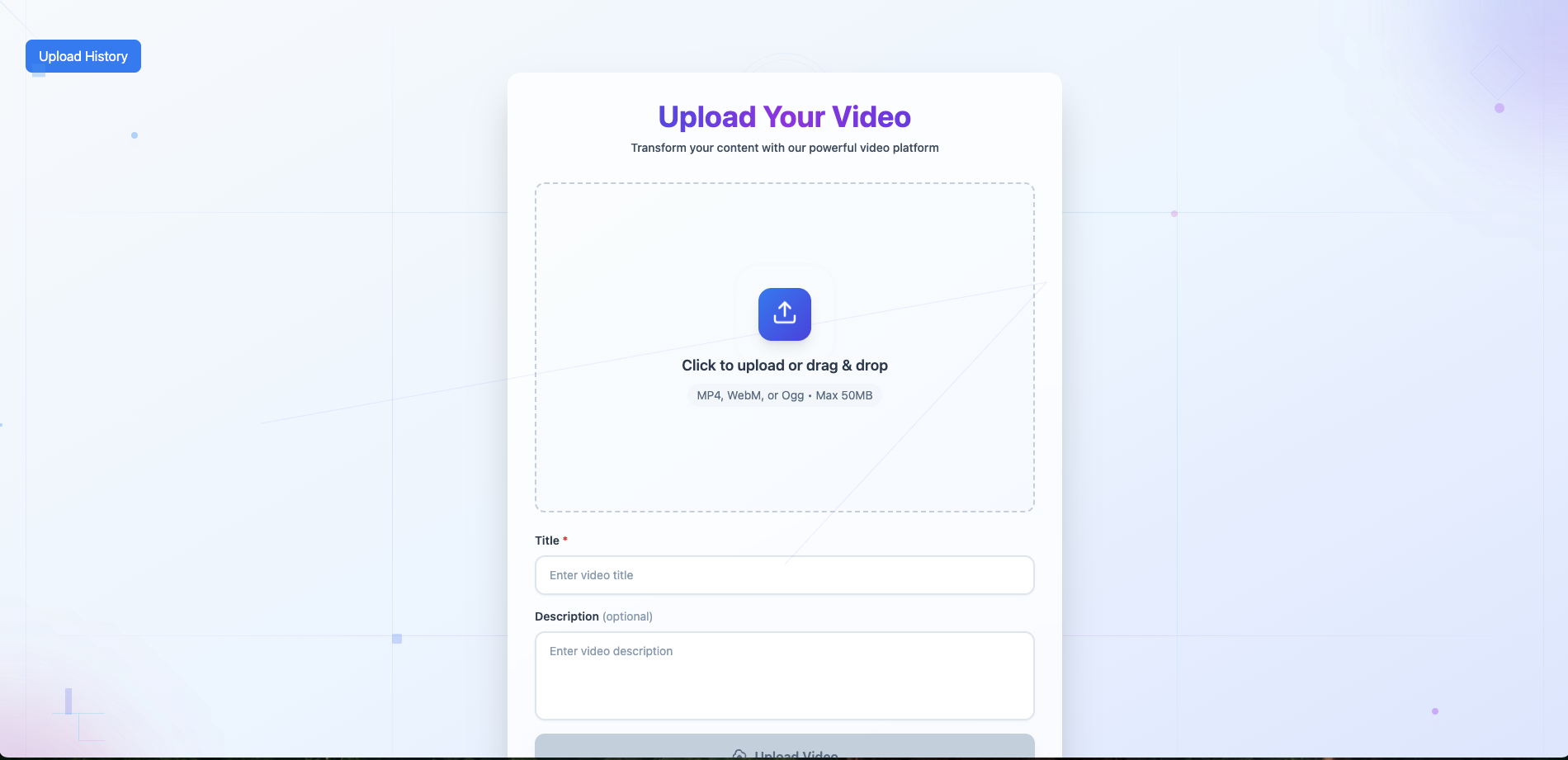← Back

HLS - Adaptive Bitrate Streaming
Video Transcoding and Streaming
HLS with Adaptive Bitrate Streaming is a full-fledged video delivery solution engineered for seamless and responsive media playback, even under fluctuating network conditions. It employs a scalable and modular video processing pipeline that efficiently transcodes, chunks, and serves video content. The system is designed with a strong focus on real-time performance, leveraging cloud-native services, gRPC-based microservice communication, and browser-side caching for an optimized viewer experience. The platform is hosted on Oracle Cloud Infrastructure, utilizing Oracle Cloud Buckets for scalable and reliable video storage.
Tech Stack
Main Features
- Network-Aware Playback with Adaptive Bitrate
Delivers a consistently smooth video playback experience by automatically adjusting the video quality based on the user's real-time internet speed and bandwidth, ensuring minimal buffering and optimized resolution delivery for any device or network.
- Dockerized Video Processing Pipeline
Built using containerized microservices, the platform separates video ingestion, transcoding, segmenting, and playlist generation into isolated tasks. These services communicate asynchronously via messaging queues, allowing the system to scale horizontally and manage heavy workloads efficiently.
- Oracle Cloud Storage Integration
All transcoded video chunks and playlists are securely stored in Oracle Cloud Buckets, allowing for fast, distributed access to media files while ensuring long-term scalability and minimal downtime through built-in redundancy.
- Modular and Scalable Backend System
The backend architecture is powered by Express.js for RESTful APIs and MongoDB for handling metadata related to videos, users, and playback sessions. This design enables easy expansion, maintainability, and robust data handling for millions of video objects.
- Real-time Playback Control and Interactivity
Using Socket.IO, the system enables real-time communication between the server and users, allowing live progress updates, video status syncing, and interactive user feedback features for an engaging streaming experience.
- gRPC for High-Speed Microservice Communication
Utilizes gRPC protocol for fast, low-latency, and contract-first communication between the transcoding services, improving response times and reducing bandwidth consumption compared to traditional REST APIs.
- Browser-Side Video Link Caching with Expiry
Improves user experience and reduces repeated backend calls by caching the generated video URLs in the user's local browser storage. These links remain available for up to 7 days, after which they automatically expire and are deleted to maintain privacy and reduce storage bloat.